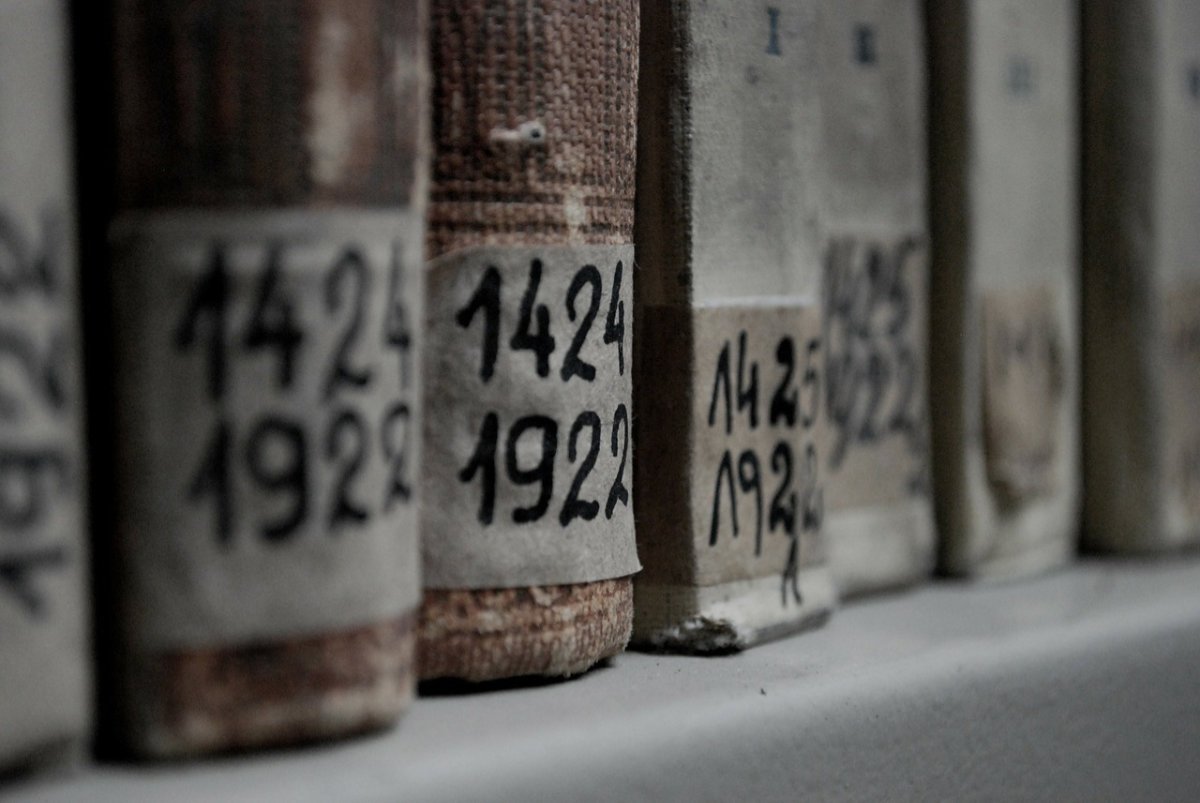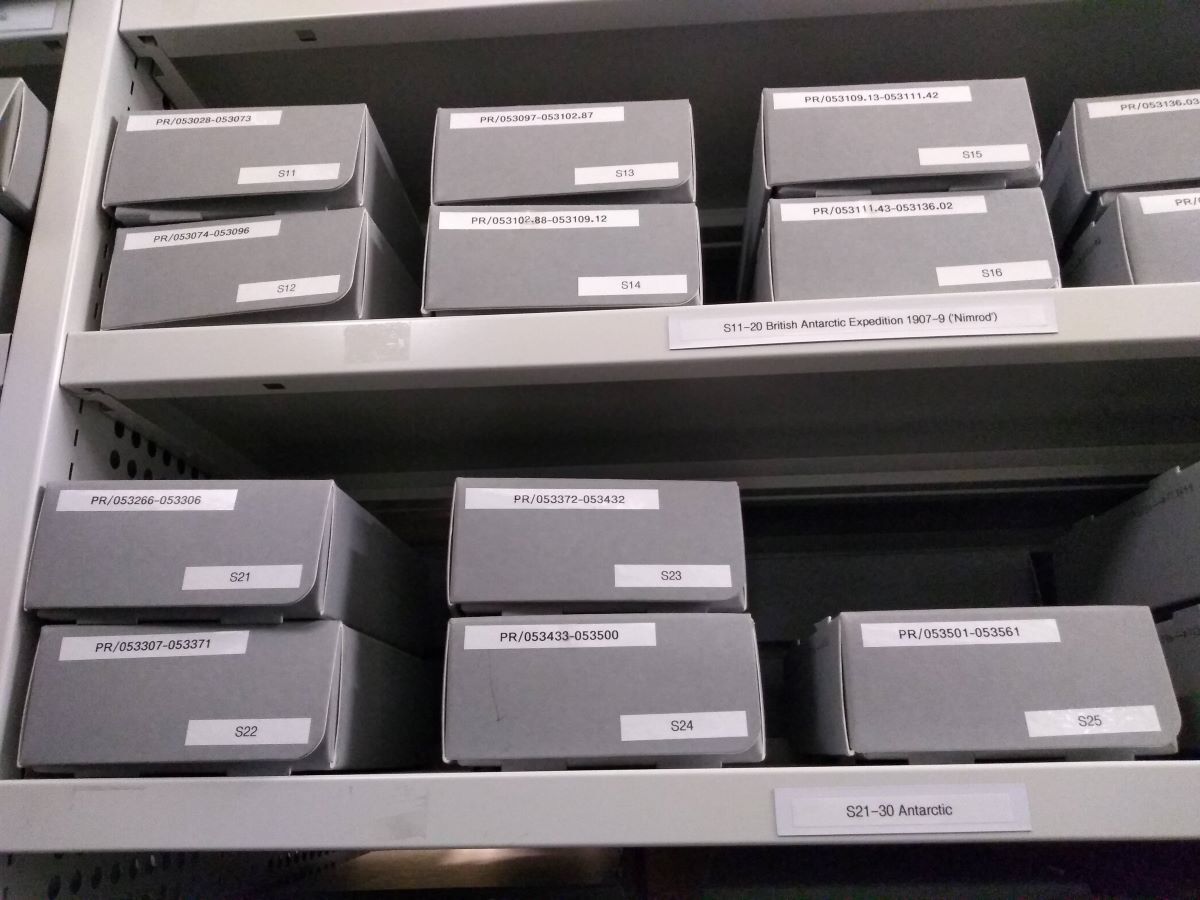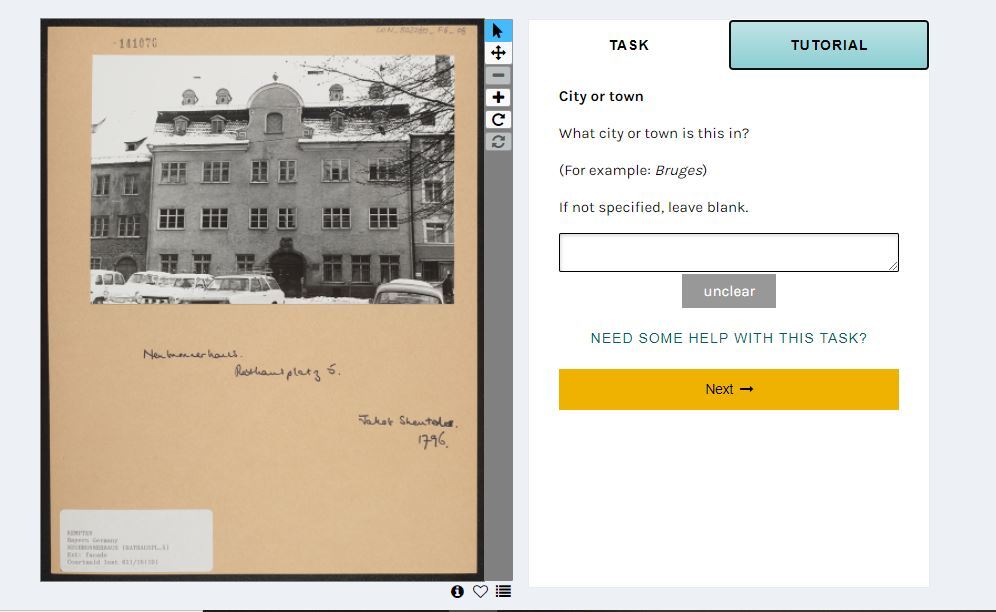
In the week before our second national lockdown started, I spent a glorious morning at Exeter’s newly reopened Royal Albert Memorial Museum. Six days later the museum closed again.
It was such a treat to be able to view exhibits – photographic portraits of influential women and examples of the stunning lace produced around Honiton and Exeter – in person rather than via a screen, and this brief taste left me thinking how much I have missed such experiences during this Covid-19 period.
However, for many years now the GLAM sector (galleries, libraries, archives, museums) has been working hard at increasing online access to their collections. There is a wealth of cultural experience available digitally and some really interesting ways for the public to experience cultural heritage, not just viewing but perhaps getting involved by joining in crowdsourced projects to identify items in a museum’s collection.
I have spent a decade working on programmes to digitise our cultural heritage, mostly working with academic publishers. We make printed or manuscript content available to researchers by mass digitisation into large databases, which are licensed into university libraries. This allows a student or research fellow anywhere in the world to access and study items normally only available to view in the holding library’s reading room.
The explosion in family history research also contributed to growth in archival digitisation as companies like Ancestry and Find My Past dug ever deeper into the archives to broaden their range of material and to give their subscription the edge. What started with little more than census and birth, marriage and death records now offers workplace archives, military service records, electoral registers, newspapers and so much more information that can add colour and depth to the picture of your ancestors.

Microfilm readers had made both these types of research possible since the 1960s but digital is a far more powerful delivery method. No more fiddling around with fiche machines or dog eared indexes in spiral binding. Just type in your search term, click ‘go’ and watch the results queue up on screen.
Consumer demand and technological advances are two key factors in the growth of digitisation of culture. There is also a third driver: the Reuse of Public Sector Information (PSI) Directive. This EU legislation introduced in 2003 required that information created or owned by public bodies should be made freely available for citizens to consume and reuse in new and creative ways. This could be a small developer integrating Ordnance Survey mapping, Transport for London timetables and Met Office weather data into a smart phone app, or scientific interrogation of multiple large datasets by researchers ‘data mining’ for trends or patterns. Thanks to the Directive, the EU Open Data Portal, now contains over a million datasets ranging from Latvian bus data to footfall in Dublin city centre, to mapping of fish populations.
Initially limited to government departments, the PSI Directive was broadened in 2013 to include other publicly funded bodies such as libraries and museums. This requirement nudged them to make serious efforts to open up their collections digitally to the tax payers who fund them and to the wider interested global community.
Again, the EU pioneered launching the Europeana Foundation which provides a hub where we can all explore photos, paintings, audio and video clips and much more from collections across the nations of the EU. Many items are copyright free and available for you to download and use in your own artwork, PowerPoint, blogs and articles. But it is a fascinating place just to lose yourself in for an hour, skipping through the museums and galleries of Europe.
In reality ‘going digital’ is not quite as simple as it may appear on the surface. We have the ability and the appetite to make huge quantities of material available – scanning a letter to create a photo of a letter is pretty straightforward – but a web search is only as good as the metadata behind it: if we don’t tell it what a picture contains, the search engine has no clues to go on and it’s difficult to find what we’re looking for. While Optical Character Recognition (OCR) can create a searchable version of printed text, OCR for handwritten material is unsophisticated and unreliable. This is where we – the general public – can help by contributing to descriptions.
I have been in many an archive where the catalogue record is simply limited to a short line:
‘Box containing 72 black and white photos taken by Capt Hughes. Location: Bombay’
‘12 folders of correspondence. Shaw family 1850s to 1880s’
Crowdsourcing can help curators work out what is in that box. South West Heritage Trust, which runs Devon and Somerset’s county archives and local history services, has used a highly successful volunteer programme to help maintain and catalogue their collection. On the digital front, many project curators use crowdsourcing tools like Zooniverse or Heritage Helpers, which provide a simple interface to walk the layman through the process of identifying and labelling elements in digitised images.
I have taken part in archive projects to input historic weather station data from hand written notebooks, and transcribe descriptions from architectural photographs of South America from the Courtauld Institute’s collection. At the science focused end of Zooniverse’s projects I have identified seals in drone photography of Antarctic colonies to help with non-invasive population surveys.
The PSI Directive was revised and relaunched as the Open Data Directive in July 2019. Having left the EU by that point the UK has not implemented it, though our government continues to talk up the value of data for the UK’s post-Brexit future. I hope that this inwardly focused government can see that the real power of data stems from openness, sharing and collaboration.
Meanwhile, you can continue to contribute to widening the availability of cultural heritage. Why not have a go and add metadata creation to your new 2020 lockdown skills?






